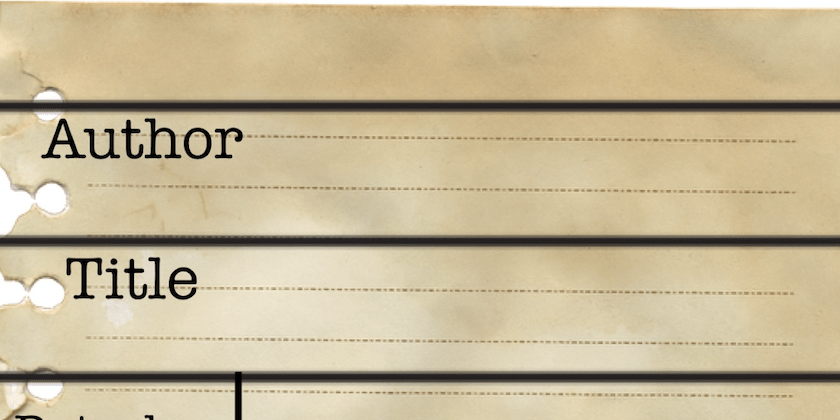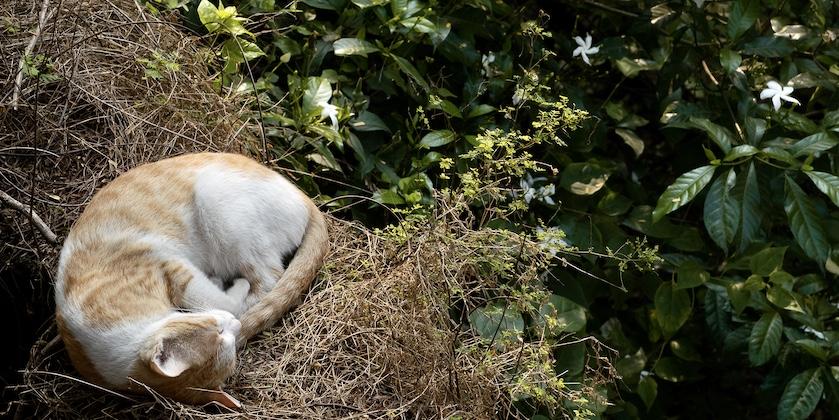Creative Community Engagement Process
‘Visible Dirt’ is a socially engaged art project that hopes to underline the prejudice held in, and accentuated by, the language one employs in talking about working-class people and their neighborhoods. Between 2017 and 2020, it received creative participation from the women’s groups from council estates in Bolton and Oldham, comprising around twenty women of varying age brackets. The project is conceptualized to raise awareness about the lexicon of dirt that has come to be associated with individuals and disadvantaged communities. This association becomes ‘visible’ in the many ways in which we interact with the people around us. In the British context, for instance, council estates are certain residential areas earmarked by the local government for low-income households at low rents – a form of social housing – that have come to be termed “sink estates” in the media and policy narratives for the high rates of socioeconomic deprivation and welfare dependency. The term “sink estate” conveys the notion that these areas have sunk or deteriorated. And the people who receive welfare assistance from the government are derogatorily referred to as “benefit scum”. With Visible Dirt, Shonagh Short brings to attention the harm inflicted by this linguistic association of people and places with dirt found in the public discourse. The project hopes to make visible the stories and experiences of being equated with, and treated like, dirt through pop-up art installations all across the UK.
Community Engagement Goals
For the language of dirt in question to be challenged and investigated, it was thought crucial that it be seen and perceived. The overarching purpose with which the project came about, then, was to make this language – its turns of phrase, and derogatory designations – ‘visible’. The goal was to discourage association between working-class communities and ‘dirt’ in its physical and moral connotations.
Through the workshops where ideas around dirt were discussed, and the artworks that emerged from those discussions, the aim was to bring about a transformation in how class, poverty, and stigma are perceived and talked about.
Challenges
Securing the necessary funding for the project proved to be a formidable challenge. It did, however, also turn into an opportunity to connect with a wider network of collaborators when the artist decided to launch it on Kickstarter – a crowdfunding platform that allows individuals and groups to raise funds for creative projects and social initiatives. The project page encouraged people to contribute financially to the campaign by choosing from different pledge levels, with each level corresponding to a specific reward. This move proceeded to make ‘Visible Dirt’ even more socially engaging – giving away ownership of the project, and ensuring that it belongs to all participants involved.
Methods of Community Participation/Engagement
With the plan to create a large-scale pop-up art installation, in the form of a swarm of customized “cleaning in progress” signs, workshops were designed to discuss the ideas around dirt and come up with more slogans. The discussions opened by inviting the participating women to share their experiences about a time they were treated like dirt. This swapping of stories and encounters was followed by an examination of textual and visual material derived from advertising spaces, and political and media discourses, where the language of dirt is most pronounced.
The groups of women engaged in various activities that prompted them to reflect on the psychology of dirt and the idea of ‘cleaning up’ – eating from the floor, and planting a community garden of flowers and herbs which could be used for the production of natural cleaning products, for instance.
The artworks that were offered as rewards to the financially contributing collaborators of the campaign on Kickstarter included handmade badges as wearable art featuring the Visible Dirt slogans, a carefully crafted zine titled ‘Make Dirt Visible’ with DIY instructions for a Visible Dirt art project, digital adoption packages of Visible Dirt signs from the installation, a limited edition print of one of the slogans signed by the artist. Other rewards in the form of a performance or an artist talk, ownership of a customized sign from the installation signed by the artist, were also put forward as rewards directed towards arts organizations, art collectors, galleries, and festivals.
Outcome (Reception)
The art installation utilized the visual language of the “cleaning in progress” sign, which is so commonplace that it goes unnoticed, to communicate the dangers of letting slide the social construction of dirt. The discussions helped bring to the fore how stigmatizing poverty with physical and moral dirt in common parlance seeps into rationalizing a degrading behavior toward working-class poor individuals and communities.
Space
While the workshops became spaces for discussion and ideation, galleries, public buildings, and streets all across the UK were made out to be spaces for the installation of artwork. The women who engaged in the workshops hailed from the Johnson Fold estate in Bolton and the Limeside estate in Oldham.
People
Around twenty women across two groups from the council estates in Bolton (the ‘Foxes of the Fold’) and Oldham (the ‘Crafty Lasses’) participated in the workshops and collaboratively intervened with what the artworks for the project could communicate and what form the installation could take, with Shonagh Short serving as the creative producer. About 132 people financially backed the project through Kickstarter.
Time
Although the artist has been collaborating with women’s groups since 2016, the latest rounds of workshops addressing ‘dirt’ took place in November and December 2019. And although the art installation was supposed to go on tour in January 2020 for the year, it ran somewhat behind schedule with the COVID-19 restrictions and lockdowns in place. In some ways, then, the project defies time specificity and remains in progress as it was before its initiation.
Overall experience
The journey to the pop-up art installation, in its way to make ‘visible’ the language of dirt, proved to be a performance in humor and anger, in collaboration with communities and confrontation with their harmful stereotyping.

Image Description as found on the Kickstarter project page: “Cleaning in Progress at the Socially Engaged Art Salon, Brighton”
Case Study researched by :
Aditi Gupta (TDLM Research Intern, 2023)
[Political Studies; Assistant Professor, Delhi University; Photography]











 Report This
Report This
Leave a Reply
You must be logged in to post a comment.